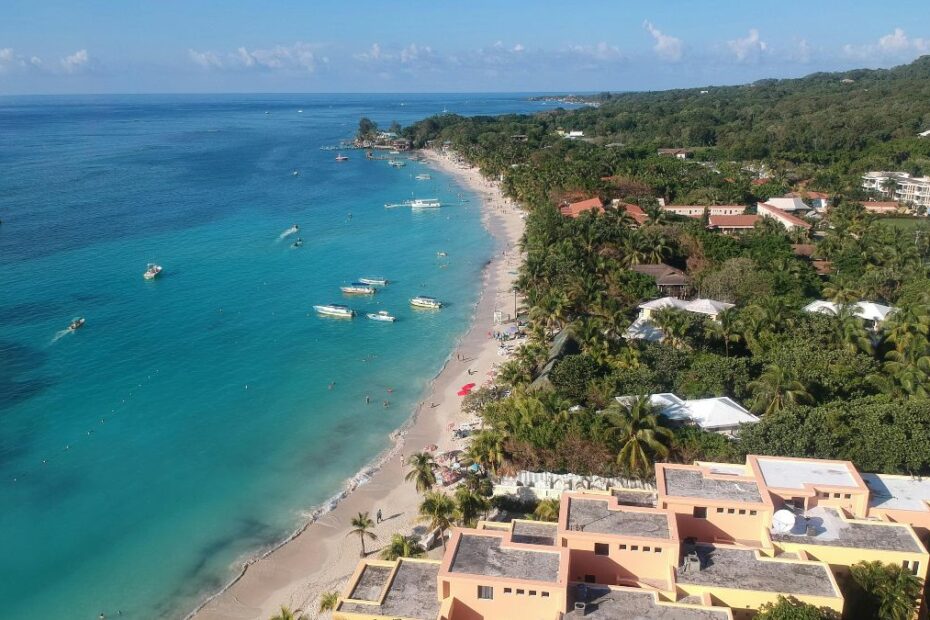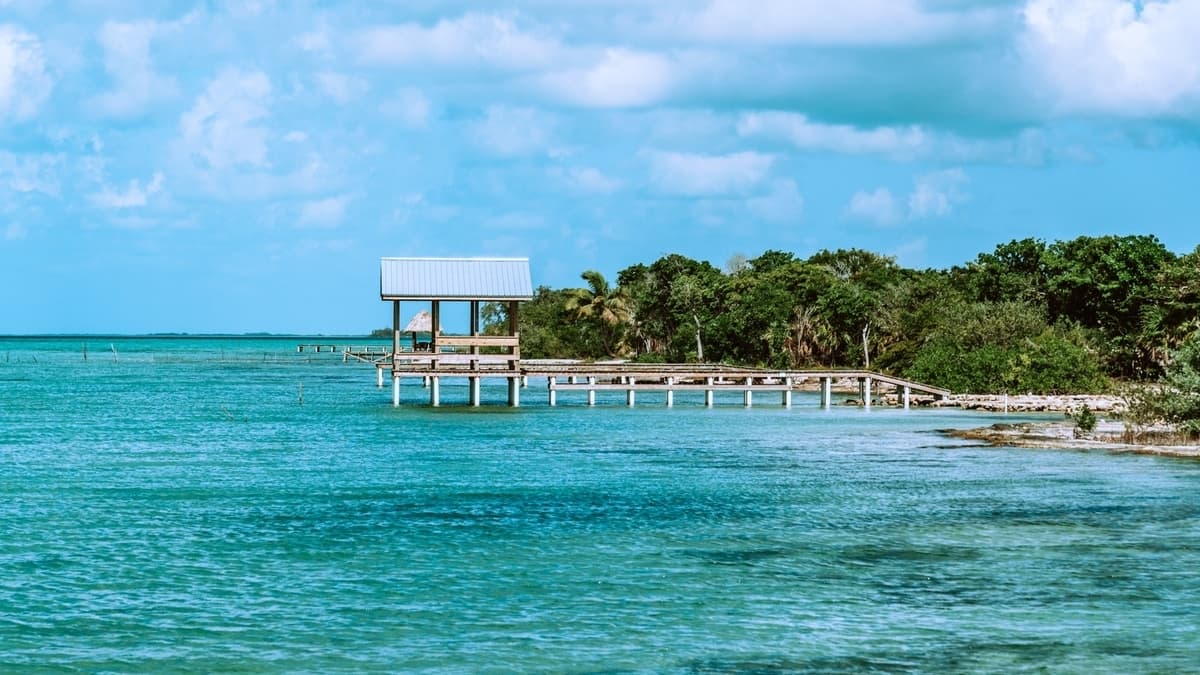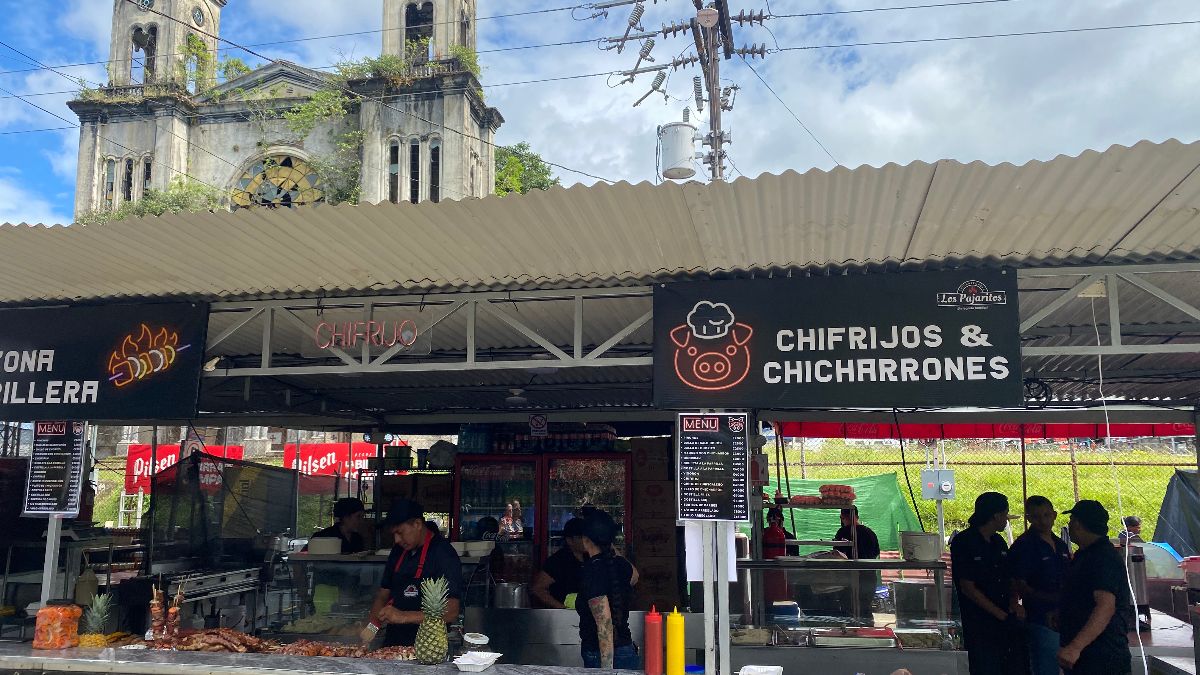Roatán’s West End, West Bay, and the West End Wall: three places with similar names that confuse travelers and even some locals. Why is the place called “West End” not actually at the west end of the island? And why is the “West End Wall” dive site located in West Bay? In this article, we take a closer look at the origins of these names and how they reflect Roatán’s unique development from pirate hideout to tourist hotspot.
I have to start with a disclaimer here. I don’t live in Honduras and I’ve never been to Roatán. I’ve been to Honduras before, but many years ago, and I was on the mainland. But as for the Bay Islands? Never. That’s not to say I don’t want to go, and hopefully someday I will. I’ve flown over the Bay Islands many times, traveling between Costa Rica and the United States. Flights between San José and Houston or Atlanta often pass close by the Bay Islands and I’ve often used those cities as gateways to other destinations. Long story short is that I’ve gazed out the plane window at that long shape of Roatán more than a few times, and it’s always fascinated me. Not sure why, it just has and still does.
Which is why a recent post on a Roatán travel Facebook group caught my attention. “Can anyone explain why the bay is called West End, the end is called West Bay and West Bay has the West End Wall?” went the question. And I have to admit, it’s something I’ve always low-key wondered about too. Not enough to actually investigate on my own, but still. Seeing the question made me realize I wanted to know the answer more than I realized. After all, when you look at a map of Roatán, you’ll see the community of West End isn’t actually the end of the island, while West Bay is. I know it’s not the most important thing in the world but it’s always been something of a head-scratcher. So thank God for the residents of Roatán who actually stepped up and answered this question for the original poster and, indirectly, for me. Here’s what I found out:
The Historical Roots of West End and West Bay
Roatan is the largest of Honduras’ Bay Islands, looking like a long, thin finger of land. West End and West Bay are new concepts, tied to tourism, coming into existence in recent times. But long before all that, indigenous groups like the Paya, Pech, and Tawahka lived here, fishing and trading along the coast. Spanish explorers claimed the island in the early 1500s, but its rugged terrain kept it off their radar, leaving it open to (mostly) English and Dutch pirates who used Roatan’s coves in the 1600s and 1700s to raid ships. By the late 1700s, the British brought Garifuna people from St. Vincent, adding African and Caribbean influences. The island flipped between British and Spanish control until Honduras finally took over in 1861, and helps to explain all the English names like “West End” and “West Bay” in the first place.
West End: The Village, Not the Island’s End
West End, often called West End Village, was historically – and quite literally – the end of the line. Often called Half Moon Bay, the sheltered waters here worked well for pirates hiding and repairing their ships. Today, West End is a bustling little community along a paved road lined with dive shops, bars, restaurants, and small hotels. According to locals in the aforementioned Facebook discussion, the main road stopped here, with no path further on to West Bay, which was reachable only on foot through the jungle or by boat. Basically, West End was the westernmost point of development, so it earned the name “West End,” even though the island’s true western tip at West Bay. So it doesn’t, as I always though, mean the west end of the island.
View this post on Instagram
West Bay: The True Western End
West Bay, on the other hand, is a larger area centered around West Bay Beach, a white-sand stretch known for its clear waters and great snorkeling. It sits at the actual western tip of Roatán and it wasn’t until the road was built in around 1990 that this area opened up and became a tourist hot spot. The name “West Bay” comes from its position as a wide bay at the island’s farthest west point, unlike West End, which sits farther east. Today, West Bay is known for luxury resorts, all-inclusive packages, and water activities like parasailing and glass-bottom boat tours. It’s much more about resorts and hotels rather than an authentic village like West End.
View this post on Instagram
The West End Wall: A Dive Site Tied to History
To add to the confusion, there’s also the West End Wall which is in West Bay. The West End Wall is one of Roatán’s top dive sites (the Bay Islands offer some of the best scuba diving in Central America) on the Mesoamerican Reef. Back in the day, before the road reached West Bay, West End was the main diving hub in Western Roatán, and this coral drop-off was named for its link to the village, not its location.
So Now You Know
We hope we’ve cleared things up now. As mentioned, the naming confusion arises from the close proximity of West End and West Bay, their shared “west” label, and the island’s growth. West End was the established village, named for being the road’s end, not the island’s western tip which is West Bay. Nowadays the distinction comes down to vibe rather than geographic location: West End for nightlife and local charm, West Bay for beach relaxation and diving at the island’s true western end. In the end, the names West End and West Bay tell a story of Roatan’s shift from a quiet fishing island to a world-class destination.
James Dyde is the editor of centralamerica.com. He lives in Escazú, Costa Rica.




